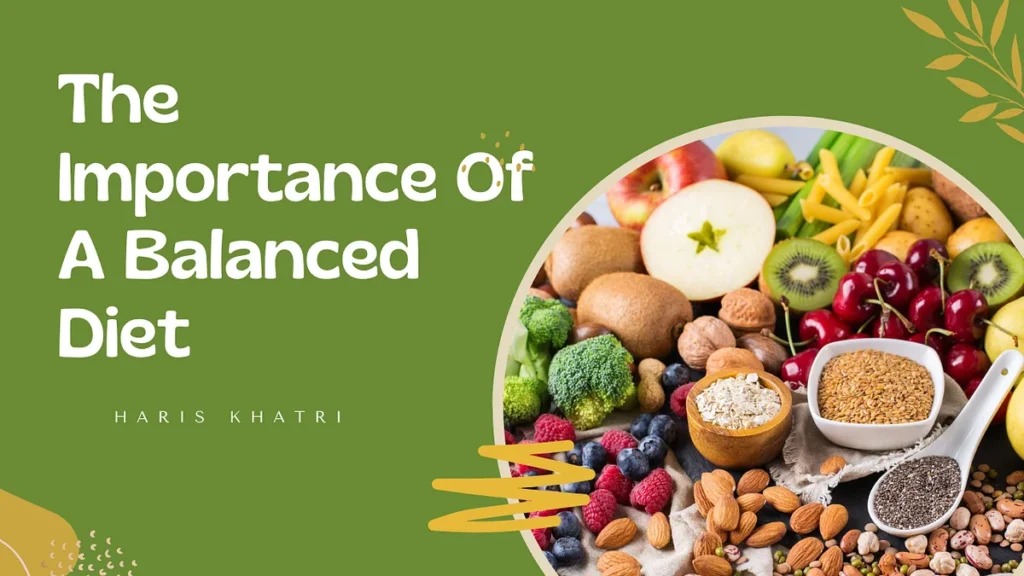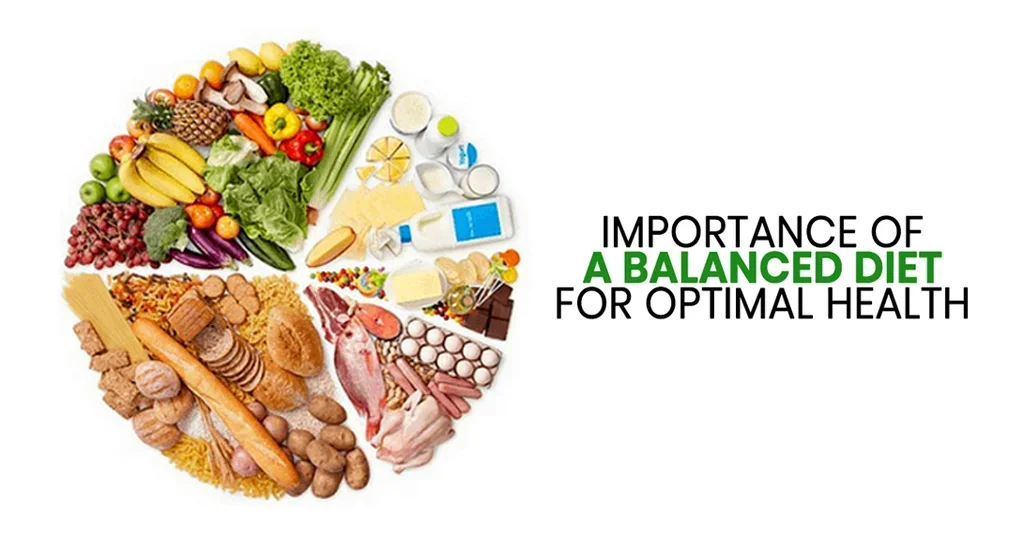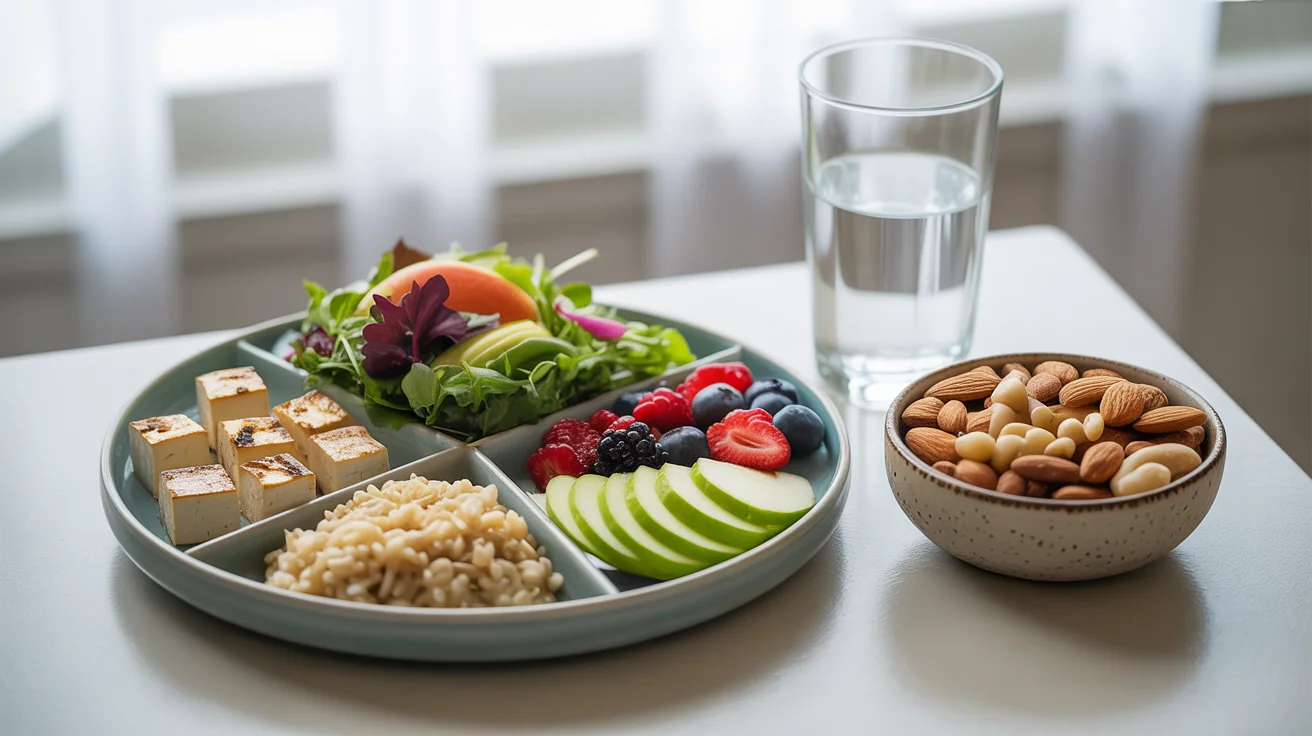A balanced meal plate is a visual and practical approach to eating a healthy diet. It focuses on proportioning food groups to meet your daily nutritional needs. This method encourages smarter choices without requiring calorie counting.
Instead of strict diets, the balanced plate teaches moderation and variety. It helps manage weight, boost energy, and support long-term wellness. Anyone, regardless of age or lifestyle, can benefit from it.
Whether you’re preparing breakfast, lunch, or dinner, the plate method works. It’s flexible, easy to follow, and customizable to personal preferences. Let’s explore how you can incorporate it into your daily life.
Understanding the Concept of a Balanced Meal Plate

A balanced meal plate focuses on dividing your plate into four sections: vegetables and fruits, proteins, whole grains, and healthy fats. This visual guide helps you understand portion control and nutrient distribution at a glance. It encourages eating a variety of foods in the proper proportions.
The purpose is to fuel your body with what it needs. It’s not a rigid diet; it’s a flexible, realistic, and sustainable approach to daily nutrition. Whether you’re eating at home, school, or a restaurant, this method works across meals and cuisines.
Benefits of Following a Balanced Plate

The advantages of a balanced plate go beyond weight loss. It supports digestion, boosts energy, sharpens focus, and promotes heart health. It’s also an excellent way to model healthy eating for children.
Some key benefits include:
- Improved gut health due to fibre from vegetables and whole grains
- More stable blood sugar levels
- Better portion awareness and less mindless eating
- Long-term prevention of diabetes, obesity, and heart disease
Balanced Plate Ideas for Breakfast, Lunch, and Dinner
Eating balanced meals throughout the day doesn’t have to be complicated. With the balanced meal plate method, you can easily plan nourishing and satisfying meals that promote a healthy diet. Here are simple and delicious ideas for breakfast, lunch, and dinner that follow this approach.
Breakfast Plate Idea
A healthy breakfast plate can be both simple and energizing. Scrambled eggs give you protein, whole wheat toast adds fibre-rich carbs, and avocado with mixed berries brings healthy fats and antioxidants to fuel your morning.
Lunch Plate Idea
A healthy lunch plate includes grilled chicken for lean protein, which helps keep you full and energized. Quinoa salad with cucumbers adds fibre and freshness, while roasted sweet potatoes provide steady energy and essential nutrients.
Dinner Plate Idea
A nutritious dinner plate includes baked salmon for healthy fats and protein, steamed broccoli for fibre and vitamins, and brown rice for lasting energy. Adding mango slices gives a naturally sweet and refreshing touch to end the meal.
Why Portion Control Matters
Portion control is a key part of the balanced meal plate approach. It ensures you eat just enough to fuel your body without going overboard. Proper portion control helps maintain a healthy weight over time.
Overeating is common with processed foods and refined carbs. A visual guide, like a plate, helps prevent accidental overconsumption. It promotes more mindful and balanced eating habits.
Undereating is just as harmful and can lead to fatigue or deficiencies. Skipping key nutrients affects mood, energy, and focus. The proper portions keep your body strong and energized daily.
Creating a Balanced Meal Plate at Home
Creating a balanced plate is easier than you think. Start with half the plate filled with non-starchy vegetables and fruits, such as spinach, carrots, tomatoes, apples, or berries. Then add lean protein, such as grilled chicken, fish, beans, or tofu.
Fill the remaining space with complex carbohydrates, such as brown rice, oats, or quinoa. Lastly, don’t forget healthy fats, such as avocados, olive oil, or nuts. Hydrate with water or herbal teas, and limit your intake of sugary drinks.
Tips for Quick Meal Planning
- Prep ingredients ahead of time
- Use a variety of colours to ensure a range of nutrients
- Don’t skip meals; consistency is key.
- Read labels for added sugars and sodium
Common Mistakes to Avoid When Designing Your Plate
Even when aiming to eat healthy, it’s easy to get the portions wrong. Many people overload their plates with carbs or protein, forgetting to include vegetables. This reduces fibre and essential vitamin intake.
Using large plates is another common mistake. Bigger plates make portions appear larger, which can potentially encourage overeating. Choosing medium or smaller plates helps control portion size more effectively.
Skipping healthy fats is often overlooked. Fats, such as olive oil or nuts, are vital for absorbing fat-soluble vitamins. A truly balanced plate needs fats in the right amount.
Cultural Flexibility in Balanced Plates
The balanced meal plate concept is adaptable to any cultural cuisine. It allows you to enjoy traditional foods while maintaining a balanced diet; no need to give up your heritage to eat healthy.
From Indian curries to Mexican bowls, balance remains the core idea. Each culture offers unique ingredients that can fill the various sections of the plate. The method adapts without limiting flavour or tradition.
Culturally significant foods are rich in nutrients when portions are appropriately managed. Using local spices, grains, and produce keeps meals exciting and authentic. A balanced plate celebrates culture through mindful eating.
How Kids Can Benefit from a Balanced Plate
Children need nutrients for growth, learning, and play. A balanced meal plate teaches them to choose colourful veggies, proteins, and grains. It helps develop good eating habits early, making them more likely to stick to them as adults.
Practical Ways to Involve Kids
- Let them help with grocery shopping
- Allow them to build their plate.
- Make vegetables fun with dips or shapes
- Encourage variety, not perfection.
Making a Balanced Plate a Daily Habit
Making a balanced meal plate a daily habit starts with small, manageable steps. You don’t have to overhaul your entire diet overnight. Begin with one improved meal each day and build from there.
Use smaller plates to guide portions without overthinking it. Packing your lunch gives you more control over the ingredients and allows for a better balance. Adding one new vegetable a week keeps things interesting and nutrient-rich.
Over time, these small changes become part of your routine. The key is staying consistent, even if every meal isn’t perfect. Progress is more potent than perfection in the long term for health.
Your body responds positively to a daily balance in meals. You’ll notice improved energy, a better mood, and reduced cravings. Making thoughtful food choices daily leads to lasting wellness.
Conclusion:
A balanced meal plate is a simple yet powerful tool for lifelong health. It helps you eat with purpose, combining taste, nutrition, and portion control. No strict rules, just wise choices made daily.
Whether you’re cooking at home or eating out, this method fits all lifestyles. It encourages variety, balance, and consistency without stress. Everyone can benefit, from children to older adults.
Start small, stay consistent, and enjoy the journey to better eating. Your plate is more than a meal; it’s your daily foundation for wellness. With balance, better health is always within reach.










